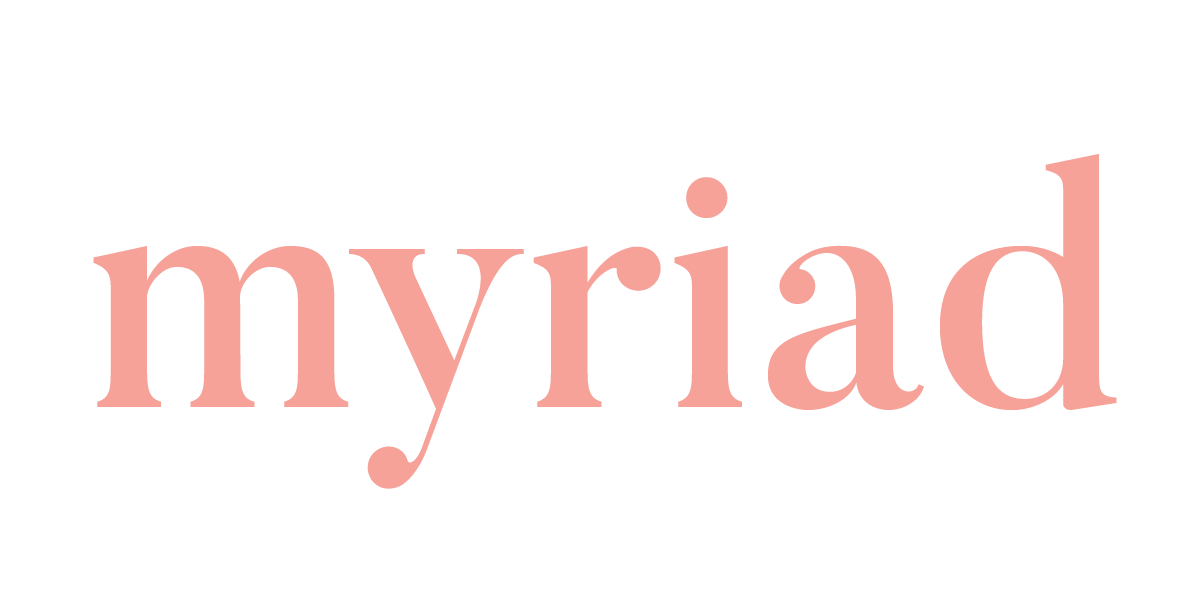Enhancing File Format Documentation: Myriad's Commitment to Collaboration, Transparency, and Efficiency
At Myriad, we are excited to embark on Library of Congress’ (LC) file format documentation (FDD) with a focus on collaboration, transparency, and efficiency. Our primary objective is to deliver highly relevant and accessible resources to the digital preservation community. In this blog post, we will explore how we aim to achieve this by outlining our goals and objectives.
Goals:
Collaboration: Powering Exceptional Results
To ensure the best possible outcomes, Myriad embraces collaboration. We believe in harnessing the expertise of both industry experts and end users. By leveraging our collaborative network and capitalizing on pre-existing relationships within the digital preservation community, we can develop FDDs that truly meet the diverse needs of our audience. This collaborative approach enables us to tap into a wealth of knowledge and insights, resulting in comprehensive and valuable documentation.
Transparency: Building Trust and Providing Context
Transparency is at the heart of our process. We are committed to providing our client, the Library of Congress (LC), and FDD end users with a transparent experience. Weekly reports to LC offer real-time visibility into our project workflow, ensuring that stakeholders are informed every step of the way. Additionally, we go beyond the final products by including raw research materials and reviewer commentary- providing essential context to enhance the understanding and usefulness of the documentation. This transparent approach fosters trust and instills confidence in the quality of our work.
Efficiency: Streamlining the Process with Agile Project Management
Efficiency is key to delivering timely and impactful results. Myriad relies on agile project management- a proven methodology. By utilizing the foundation of Format Sets as outlined in the solicitation, we construct a streamlined workflow for each FDD. This involves breaking down the tasks into discrete components, managed by dedicated team members. This division of labor maximizes efficiency, allowing us to maintain high standards while delivering within specified timelines.
Objectives:
Consistency: Seamlessly Building upon Existing Documentation
To ensure coherence and familiarity, Myriad strives for consistency. Our newly developed FDDs will align seamlessly with the existing file format documentation. By adhering to the formatting guidelines provided by LC, we create resources that match the look, feel, and voice of the established body of work. This consistency offers a cohesive user experience and enables practitioners to navigate the documentation with ease.
Accessibility: Bridging the Gap for Non-Technical Practitioners
While maintaining technical accuracy, we recognize the importance of making FDDs accessible to non-technical practitioners. The primary audience LC’s FDDs encompasses professionals from diverse backgrounds. To cater to their needs, we ensure that our FDDs are approachable and easily understood. We make a conscious effort to present technical information in accessible language that resonates with end users, enabling end users to effectively leverage the documentation in their preservation efforts.
Contextualization: Adding Value through External References
We understand the significance of providing valuable context to end users. Myriad incorporates relevant outside references and works cited throughout our FDDs. By doing so, we offer a broader perspective to enable users to gain a deeper understanding of the subject matter. This contextualization empowers practitioners to make informed decisions and enhances the utility of our documentation.
Myriad's commitment to collaboration, transparency, and efficiency sets us apart. By embracing collaboration with experts and end users, offering transparent processes to LC and FDD end users, and leveraging agile project management, we ensure consistency, accessibility, and contextualization in our FDDs. Together, we can enhance the preservation of digital assets and safeguard our shared cultural heritage.

